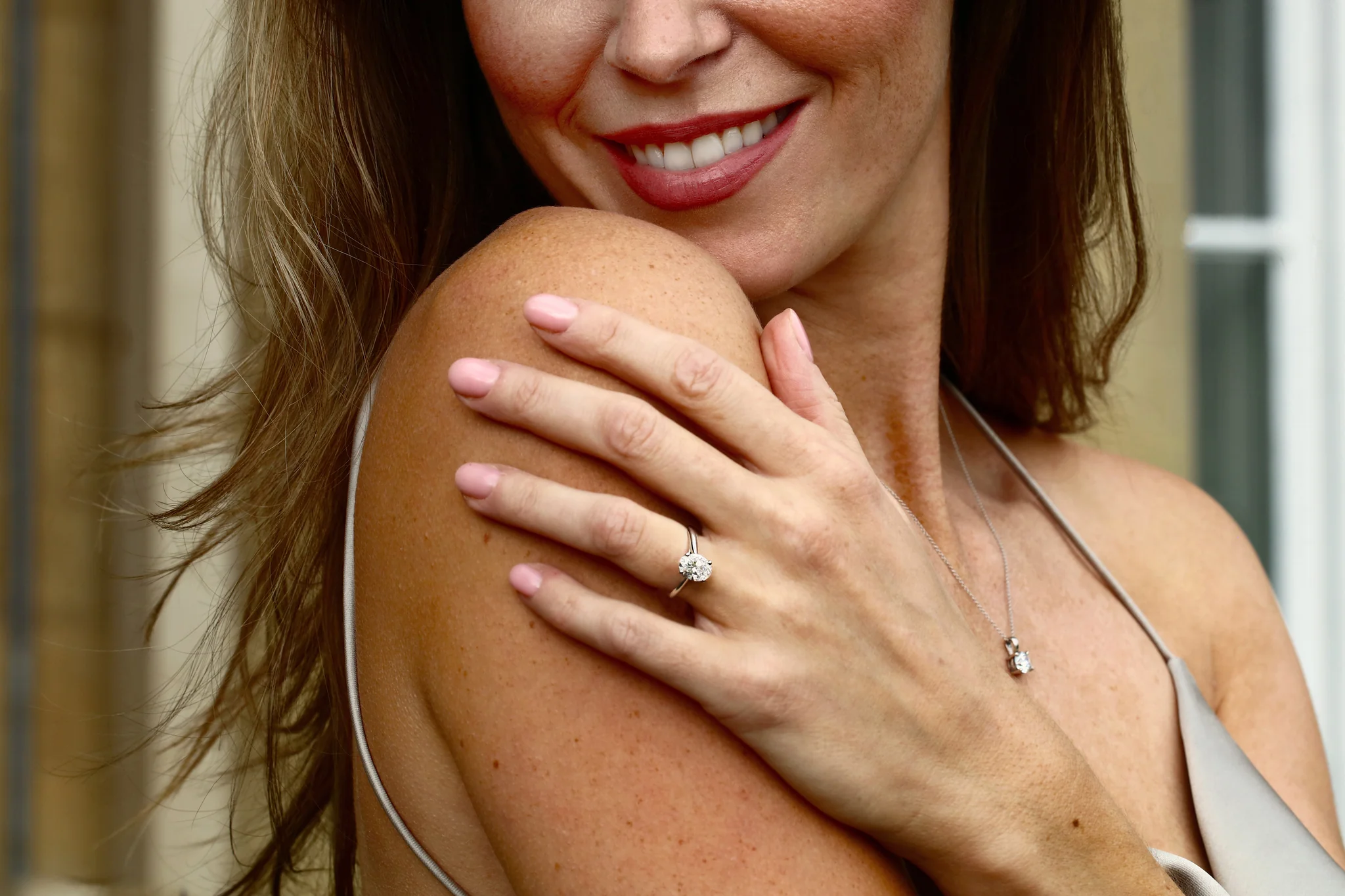Choosing an engagement ring is a significant milestone in any relationship. It’s a symbol of commitment, love, and a promise for the future. With so many options available, finding the perfect ring can be overwhelming. Here’s a comprehensive guide to help you navigate this important decision and avoid common pitfalls.
Understanding the 4 Cs
The foundation of choosing an engagement ring lies in understanding the 4 Cs: Cut, Color, Clarity, and Carat.
- Cut: The cut of the diamond affects its brilliance. A well-cut diamond will reflect light beautifully, making it sparkle. The cut is often considered the most important of the 4 Cs.
- Color: Diamonds are graded on a color scale from D (colorless) to Z (light yellow or brown). Colorless diamonds are the most sought-after, but slight color variations can be an opportunity to find a good deal.
- Clarity: This refers to the presence of internal or external flaws, known as inclusions and blemishes. Diamonds with fewer imperfections are more valuable, but many inclusions are not visible to the naked eye.
- Carat: Carat refers to the weight of the diamond. While larger diamonds are more impressive, they can also be significantly more expensive. Balance carat weight with cut, color, and clarity to find the best value.
Setting a Budget
Before shopping for an engagement ring, it’s crucial to set a budget. While tradition suggests spending three months’ salary, this is merely a guideline. The key is to find a ring that you can afford without going into debt. Consider your financial situation and future expenses when determining your budget.
Choosing the Right Metal
The metal of the ring band can affect the overall look and durability of the ring. Common options include:
- Platinum: Durable and hypoallergenic, but also more expensive.
- White Gold: Offers a similar look to platinum at a lower price, but may require periodic re-plating.
- Yellow Gold: Classic and timeless, available in various purity levels.
- Rose Gold: Trendy and unique with a warm, romantic hue.
Selecting the Style
The style of the ring should reflect the personality and taste of your partner. Here are some popular styles to consider:
- Solitaire: A single diamond that stands alone, timeless and elegant.
- Halo: A center diamond surrounded by smaller diamonds, creating extra sparkle.
- Three-Stone: Represents the past, present, and future with three diamonds.
- Vintage: Inspired by different eras, often featuring intricate details and unique designs.
Knowing Your Partner’s Preferences
Pay attention to the type of jewelry your partner already wears. Notice if they prefer white gold, yellow gold, or another metal. Observe their style—do they like classic, modern, or vintage pieces? If you’re unsure, consider involving a trusted friend or family member who knows their taste.
Sizing the Ring
Getting the right ring size is crucial. If the proposal is a surprise, you can ask a friend or family member for help, or borrow one of their rings to get sized at a jeweler. Many jewelers offer resizing services, but it’s best to get as close as possible to avoid extensive adjustments.
Considering Customization
Customizing an engagement ring can add a personal touch that makes the ring even more special. You can choose unique settings, add meaningful engravings, or design the ring from scratch. Work with a reputable jeweler to ensure the quality and craftsmanship of the custom piece.
Shopping Smart
Do your research before making a purchase. Compare prices from different jewelers, read reviews, and ask about certification. A certified diamond ensures that the stone has been evaluated and graded by a professional gemological laboratory.
Ethical Considerations
Ethical sourcing is becoming increasingly important. Look for jewelers who offer conflict-free diamonds, which are sourced from regions free of civil war and human rights abuses. You might also consider lab-grown diamonds, which are environmentally friendly and often more affordable.
Insurance and Warranty
Once you’ve chosen the perfect ring, protect your investment. Consider purchasing insurance to cover loss, theft, or damage. Many jewelers also offer warranties that cover routine maintenance, such as prong tightening and polishing.
Choosing the perfect engagement ring involves a blend of knowledge, careful consideration, and personal touch. By understanding the 4 Cs, setting a realistic budget, selecting the right metal and style, and considering ethical factors, you can find a ring that symbolizes your unique love story.
Remember, the perfect ring is one that reflects the love and commitment you share with your partner. Take your time, enjoy the process, and choose a ring that you both will cherish for a lifetime.
